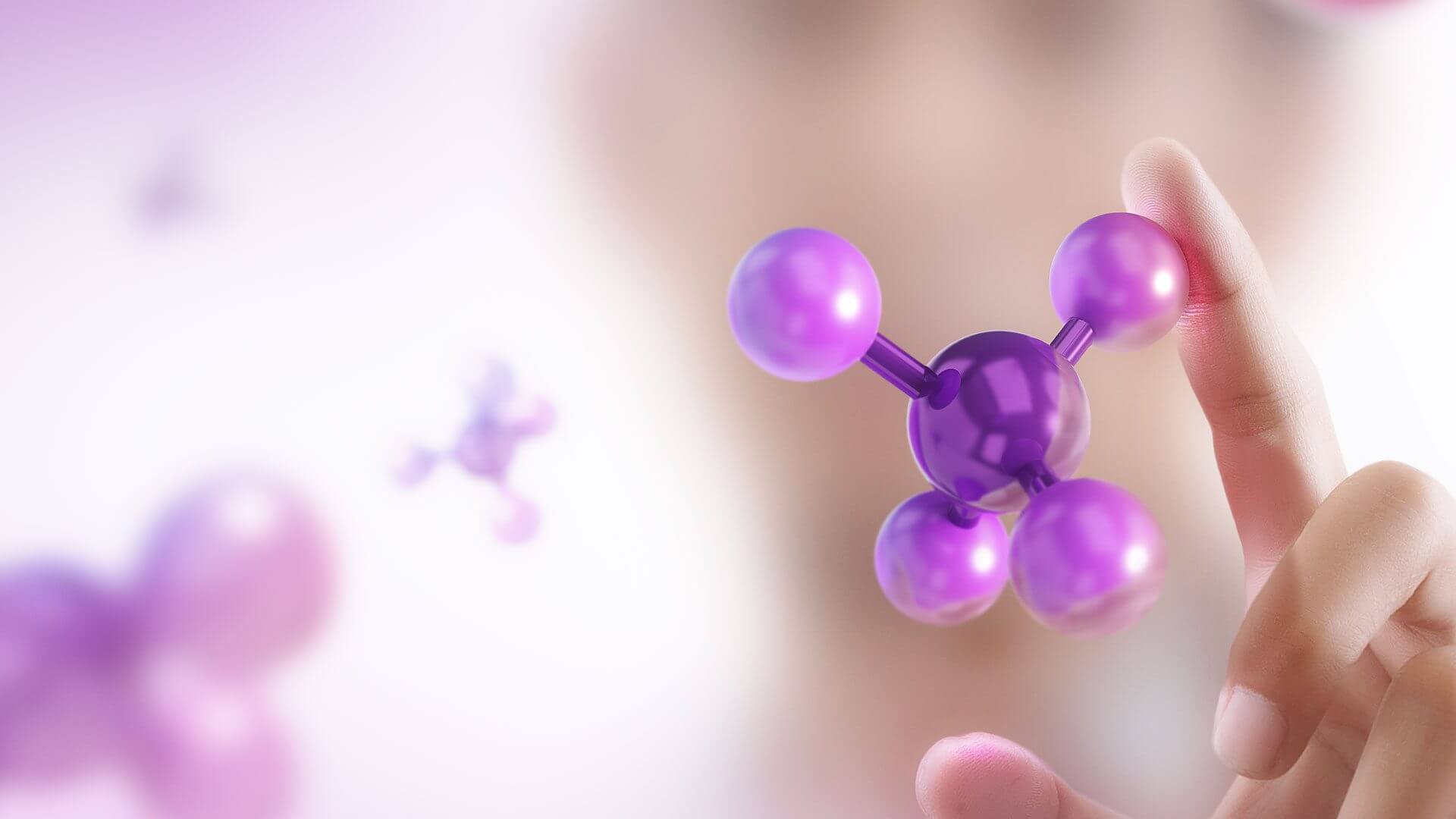Positive societal impacts with innovative and sustainable materials

We develop exciting materials using the latest research
Innovation in sustainable materials is an ongoing process and new developments are being made all the time. Some recent examples of innovative sustainable materials include:
- Biobased materials
- Nanocellulose
- Smart textiles
- Graphene and other 2D-materials
These are just a few examples of the many innovative sustainable materials currently being developed. Materials do not only offer exciting research opportunities. They are also creating great added value that will transform the world to a better world. At Chalmers Industriteknik we bring together cutting-edge research with real-world applications. Through collaborative innovation projects we empower research, industry and the public sector by introducing new exiting sustainable materials. We are committed to pushing state-of-the-art research & development to higher levels of readiness to generate positive impacts on society. Our experts have strong academic backgrounds in multiple material areas and will guide you in your material journey.




